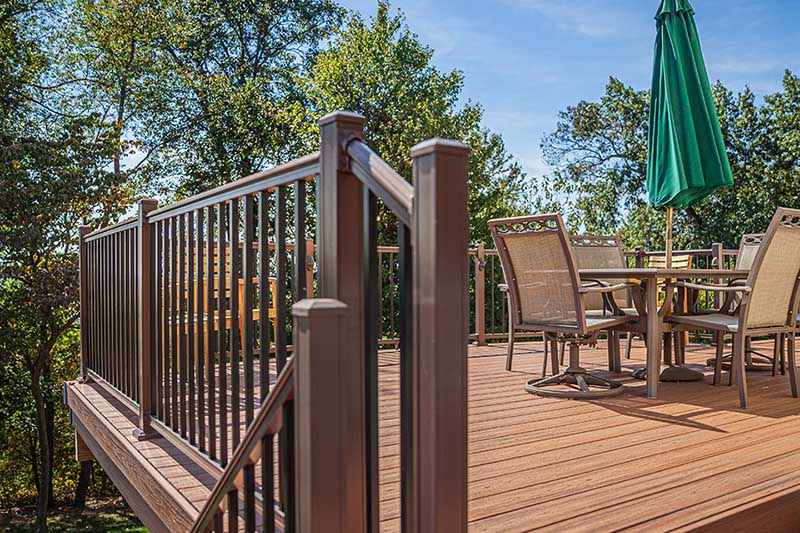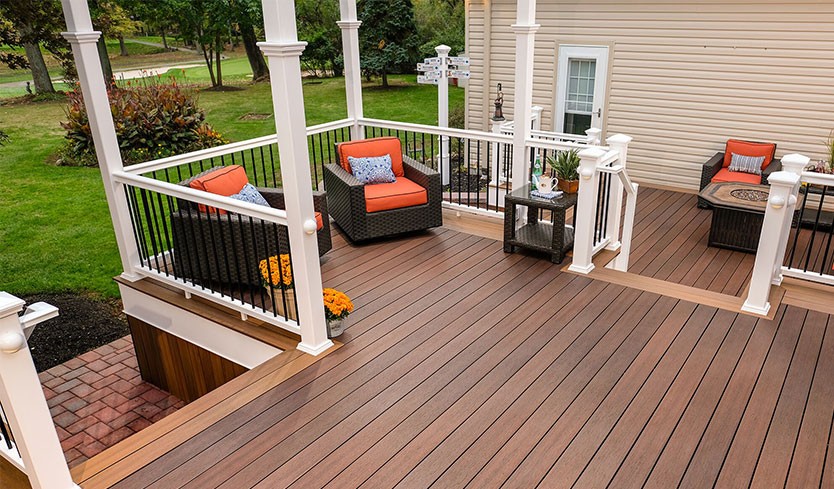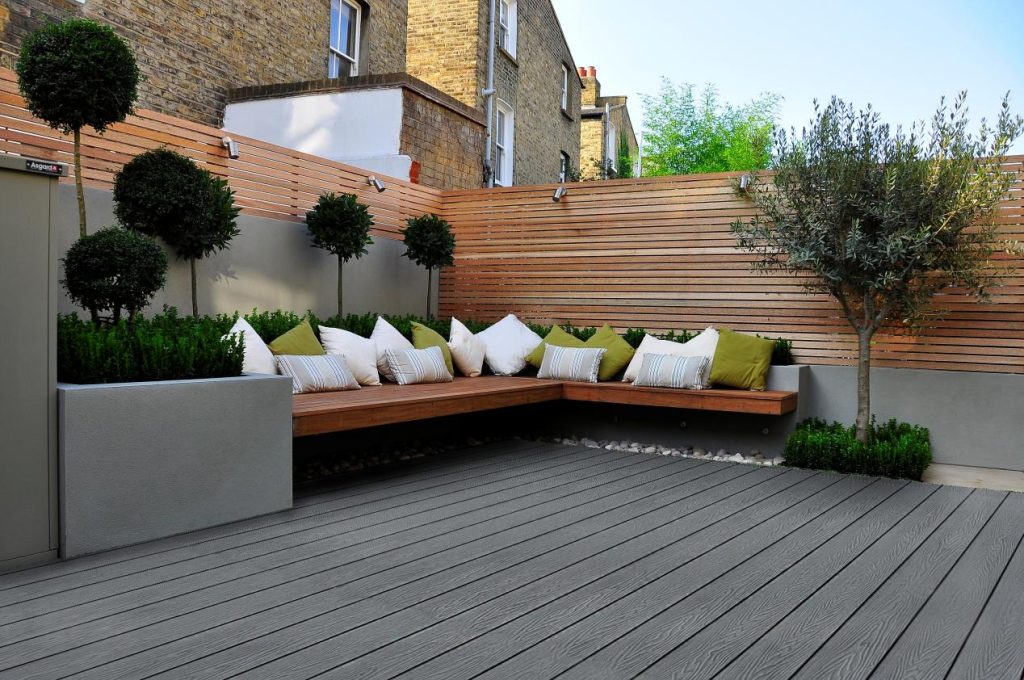In the ever-evolving world of landscape design, the growing emphasis on environmental awareness has propelled WPC materials into the spotlight. Recognized for their aesthetic appeal and durability, these materials have become a staple in modern landscaping. This article explores the art of optimizing wood-plastic composites in landscape design, offering insights to enhance overall aesthetics while aligning with the principles of environmental sustainability.
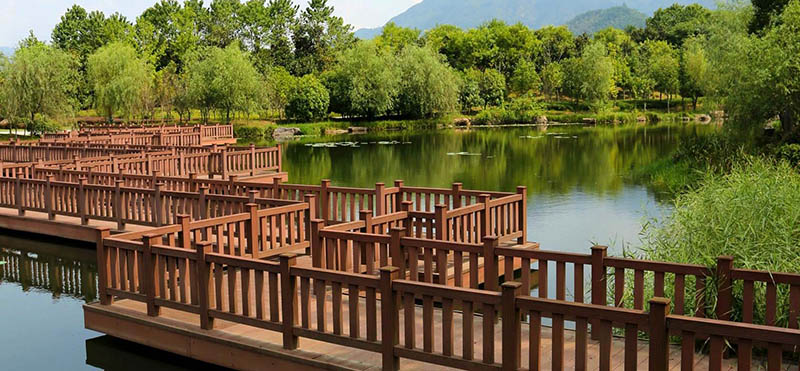
Table of Contents
Unveiling the Charms of WPC Materials
Wood-plastic composites seamlessly blend the strengths of wood and plastic, boasting durability, corrosion resistance, and environmental friendliness. Beyond their practical attributes, these composites offer a spectrum of wood textures and colors, injecting richness and diversity into garden designs. Furthermore, their excellent processing capabilities and low maintenance requirements make them an ideal choice for innovative garden design.
Crafting Harmony in Landscape Design
Wood-plastic composite materials effortlessly integrate with the natural environment, becoming an integral part of a garden’s aesthetic. The meticulous design allows these materials to harmonize with the terrain, plants, and other elements, adding a distinctive charm to the overall garden experience. Achieving this synergy demands a delicate balance between processing characteristics and artistic elements.

Syncing with Topography and Atmosphere
Acknowledging terrain as a pivotal factor, wood-plastic composites echo the garden’s topography. Whether on slopes or steps, these materials enhance the flow and natural beauty of the space. Material selection and layout considerations should align with the garden’s atmosphere, creating a harmonious and inviting environment. Soft colors and textures can induce tranquility in a serene garden, while vibrant hues and textures add dynamism to active spaces.
Strategic Design for Industrial Products
Maximizing the potential of wood-plastic composites necessitates strategic design. Analyzing traditional architectural research and design plans ensures these materials contribute to both visual appeal and functionality. Quality control within the wood structure is paramount for product stability and durability. From curvilinear seating to creative planters, thoughtful design enhances both aesthetics and functionality.
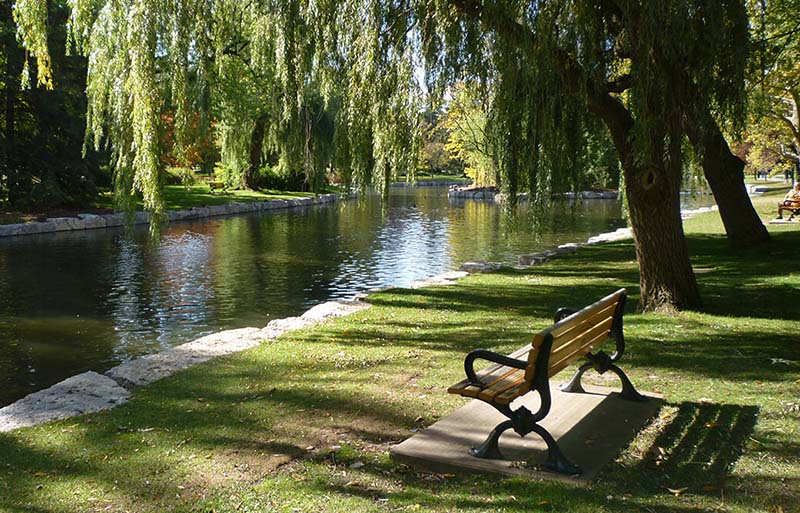
Diverse Applications
Beyond garden design, WPC materials find applications in construction, serving as resilient outdoor furniture and enhancing building aesthetics through signs and decorations. In landscape facilities, these materials contribute to the creation of vignettes and leisure spaces, enriching the visitor’s experience and comfort.
In conclusion, the artful integration of wood-plastic composites in landscape design and industrial products is a meticulous process. By harmonizing with the natural environment, terrain, and employing strategic design, these materials enhance functionality and aesthetics. A delicate balance ensures these composites seamlessly merge with the landscape, offering both performance and visual appeal. Ultimately, this creates outdoor spaces that are not only comfortable but also aesthetically pleasing for all to enjoy.

